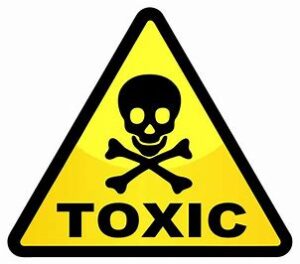Published in the St. Louis American March 11, 2020
 The situation with COVID-19 is worth watching for several reasons. The coronavirus has infected nearly 110,000 people and killed 3,800 people in 100 countries. Just recently, a case popped up in St. Louis County, so now our region is part of the growing global statistics.
The situation with COVID-19 is worth watching for several reasons. The coronavirus has infected nearly 110,000 people and killed 3,800 people in 100 countries. Just recently, a case popped up in St. Louis County, so now our region is part of the growing global statistics.
It appears that the outbreak finally got the attention it deserved once the U.S. stock market plunged. When rich folks cough, poor folks have convulsions. When white folks catch a cold, black folks get pneumonia. It is always about race and class.
Recently, I joined Spring Schmidt of the St. Louis County Department of Public Health and Dr. Fredrick Echols of the St. Louis Department of Health to discuss the region’s preparedness for the virus. The KDHX podcast Tangazo, hosted by Hank Thompson, confirmed that there is regional coordination of agencies and partners. It was not as comforting to know that there is no aggressive, multi-faceted campaign to get vital information to vulnerable communities. Currently, there is no such campaign to penetrate at-risk populations as a critical piece of preparedness.
For a variety of reasons, COVID-19 is not at the top of most poor and working-class people’s priority list. Many of them are struggling for day-to-day survival. They are trapped in poverty, unemployment, homelessness, unsafe housing and/or mental health issues. They contend with social factors that affect health like food deserts, lack of insurance and limited recreational opportunities. All this is compounded by a legitimate mistrust of government and the medical/industrial complex.
I’ve witnessed a couple of these situations in my lifetime. I checked out how my community and other communities of color are affected, how they are served—or not.
I think about the AIDS epidemic and how it ravaged African-American communities. Accurate information was slow to be disseminated to black communities. Misinformation like AIDS being a white, gay disease allowed risky behaviors to run amuck in black spaces. Similar rumors have emerged about the coronavirus – that black people can’t catch it, the virus doesn’t stay on us – on social media.
It was deja vu when the crack cocaine epidemic was unleashed on our communities with a vengeance in the 1980s. The devastation on black families and black futures is still untold and immeasurable. For its pain and suffering, the community was punished with long and harsh sentences, whether they were users or dealers. Racist guidelines for crack sentencing fueled the explosion of the prison-industrial complex.
Fast forward to the opioid crisis that also affects white people. Now laws and policies decriminalize its use, and programs abound to help abusers. The drug Narcan that reverses opioid overdoses is widely available.
Given modern history, I don’t have high hopes that communities like mine will get the preventive attention they need in the face of COVID-19. The budgets of most public health departments have been decimated, and their capacity to sound the alarm is limited. There is no cavalry coming for us.
President Trump proclaimed the coronavirus a Democratic hoax at a rally. Then in his infinite ignorance, he assured the country that the virus would “miraculously go away” by summer. It’s not going away soon. It will be up to people like you and me to get the word out about how to prevent the spread of the virus in our homes, workplaces churches, schools and neighborhoods.
Listen to the KDHX podcast Tangazo at http://tangazo.kdhxtra.org/.



